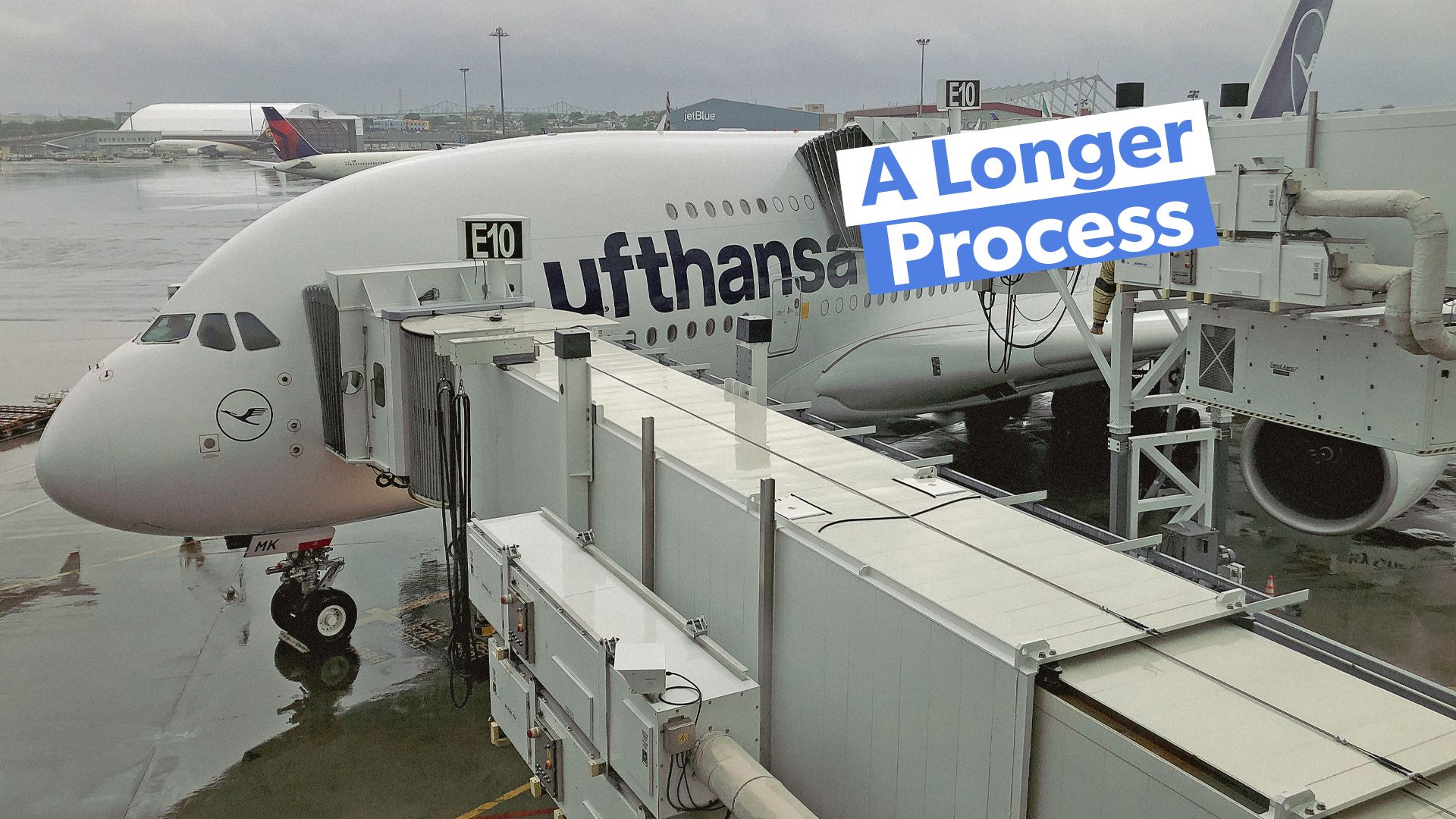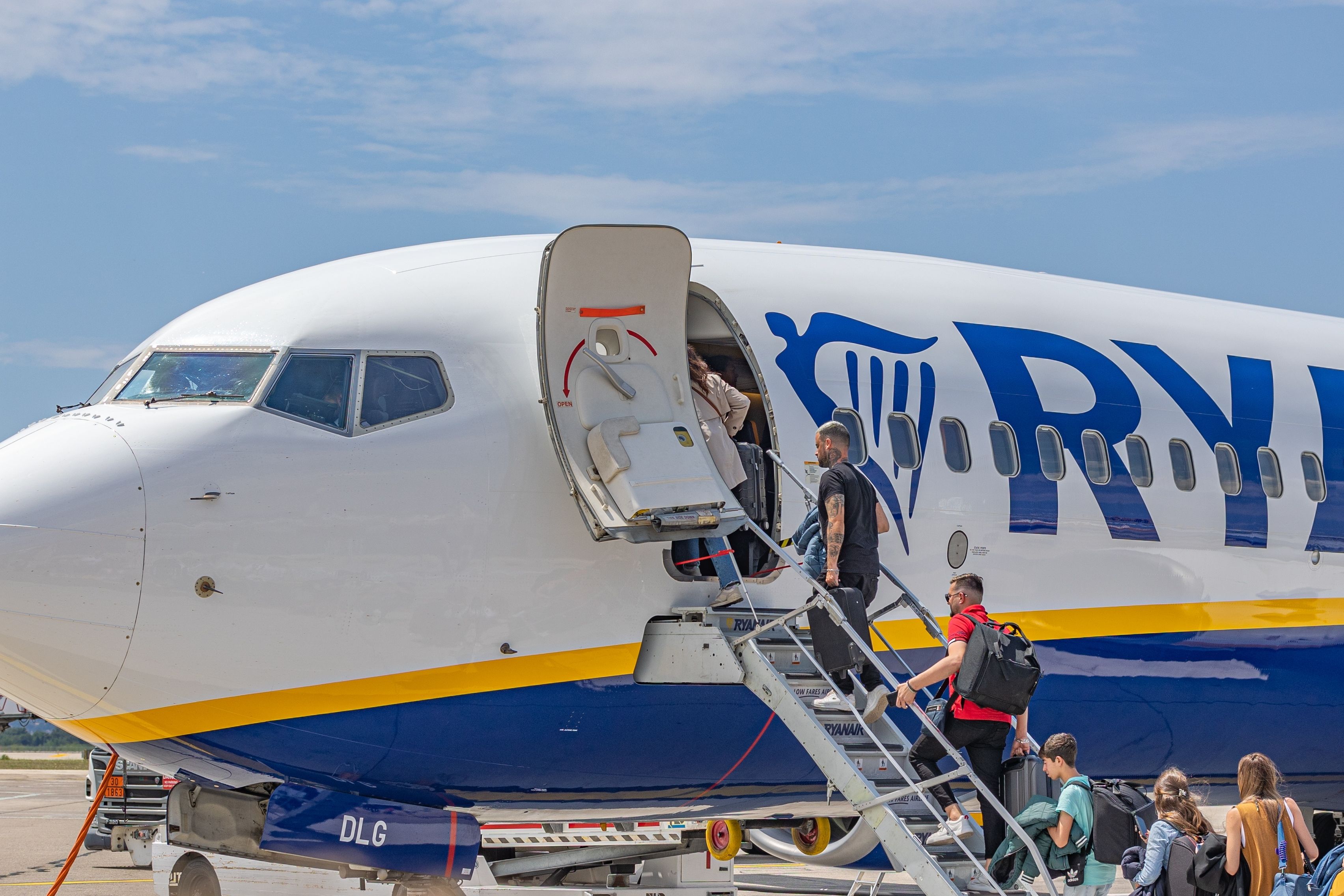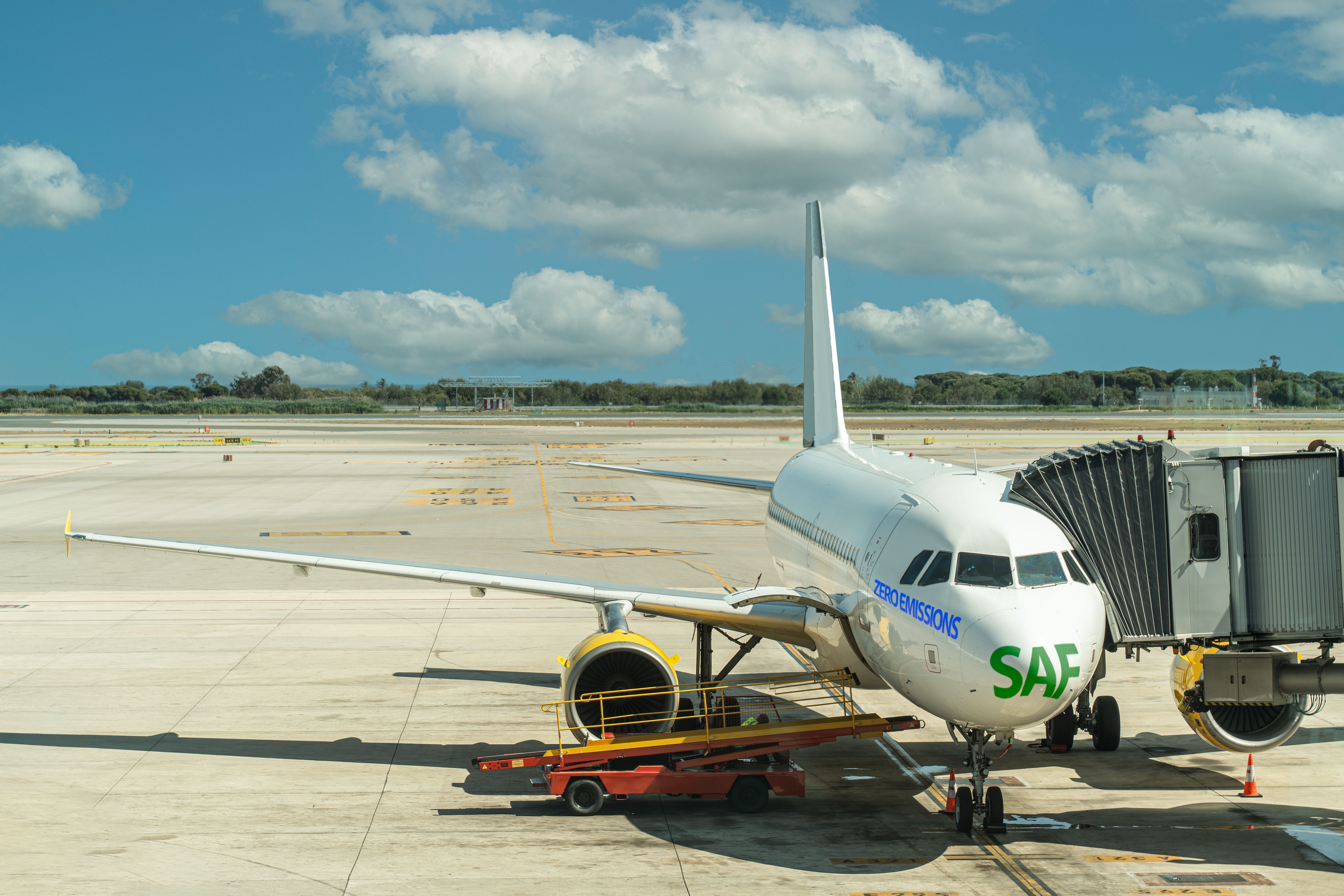For airlines, the ability to quickly turn a plane around can be everything, as it will allow the carrier to maintain high aircraft utilization and get its aircraft with its passengers on to its destination as soon as possible.
In the United States, many airlines have experimented in recent years with different bearing policies to help speed up turnaround times, such as United Airlines, which completely changed how it boards passengers in economy class
.
Nonetheless, dozens of factors affect how much time an aircraft spends sitting at the gate, which generates no revenue for an airline.
Some carriers that have historically been known for offering poor inflight service, such as Ryanair, have been known to provide the fastest turnaround times within the industry.
A unique challenge for airlines to navigate
One factor affects aircraft turnaround times more than others. Overwhelmingly, airlines find that widebody jets take significantly longer to turn around at the gate than their narrowbody counterparts, for multiple different reasons that we will soon get into.
One thing can be said for certain: the 30-minute turnaround times achieved by airlines like Ryanair, Spirit, and AirAsia would not be possible if they were operating intercontinental widebodies.

But how exactly does the simple fact that an aircraft has multiple aisles make it so much more difficult to turn around promptly? Well, the answer to this question involves multiple factors, many of which tell an interesting story about how airlines use widebody jets and how structural factors within the market limit what kind of airlines can operate long-haul services.
Let’s take a deeper look at why it takes so long to turn widebodies around at the gate.
Turning around an aircraft involves many tasks
The matter of turning an aircraft around as quickly as possible is no easy feat and often involves many individuals collaborating to get all the necessary tasks done. The challenges associated with this, however, often present themselves during the process, as maintenance may be required, cleaning may take longer than expected or some other operational delay might occur.
The first set of tasks involves everything associated with the end of a flight, according to AeroTime. This includes the following important steps:
- Deplaning all passengers onboard the aircraft
- Removing all passenger-checked bags from the cargo area
- Cleaning the cabin and removing all trash left behind by passengers
- Cleaning the bathrooms and the galleys
One can already see how a widebody aircraft would require a longer turnaround time. For starters, widebody aircraft have significantly more passengers than narrowbodies, and, as a result, will almost always take longer to deplane especially if only a single jetbridge is in use.
Photo: page frederique | Shutterstock
Furthermore, widebody jets will have larger amounts of checked bags onboard, but will likely still have a single cargo loading door. The aircraft may also be carrying freight onboard that is not checked luggage, transporting cargo for paid passengers in their holds.
There are some steps that airlines can take to speed up this process, such as using faster cargo unloading machines or charging passengers hefty fees to check bags so that fewer end up in the cargo hold.
When it comes to cleaning, widebodies also are more complex. For starters, there are not only more seats to clean, but there may often be premium economy or business class seats which require more extensive cleaning, as they have more individual components.
Additionally, the plane will also be equipped with more galleys and more bathrooms, further increasing cleaning time.
Preparing for the next flight
Several tasks that will be associated with preparing for the next flight will also need to be completed, many of which will take longer for a widebody jet. Among many others, these include:
- Pre-flight safety inspections of the entire aircraft
- Numerous pre-flight tests to ensure all systems are working properly
- Loading of fuel
We can again see exactly why it might take significantly longer to turn around a widebody jet. Pre-flight safety inspections will undoubtedly take longer, with a larger aircraft to inspect that has many systems working in conjunction.
Furthermore, there will be even more pre-flight safety tests to complete. Lastly, the loading of fuel will take longer for a widebody than for a narrowbody, because of the simple fact that a larger aircraft will carry more fuel.
Photo: Ivan Marc | Shutterstock
So what are the effects of widebodies taking longer to turn around?
The need to turn widebodies around certainly reduces the efficiency of these aircraft, often making them a suboptimal choice on routes where a narrowbody might be available. Quick turnaround times can be essential for ensuring that airlines achieve high utilization rates, something essential for profitability.
As a result, the longer turnaround times associated with widebody aircraft, alongside the higher relative cost of their operations have for years been one of the many factors limiting the growth of long-haul low-cost airlines. The rare few that have succeeded with such a model have carefully optimized their operations to attempt to reduce aircraft turnaround time as much as possible.
Furthermore, the incredibly long turnaround times are one of the many factors that prevent widebody jets from being used often on short or medium-haul routes, as narrowbody aircraft allow for significant increases in efficiency and utilization. As a result, United States-based legacy carriers almost always only use their widebody jets for international flights, and for occasional domestic services that connect their hub airports.



